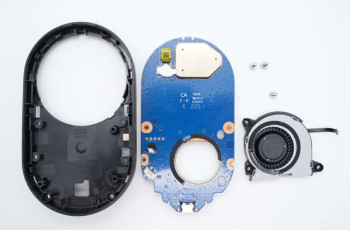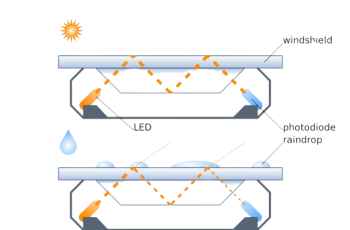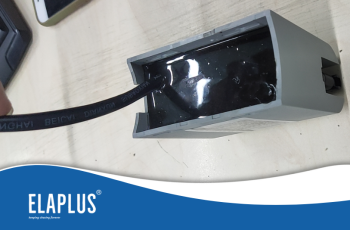ElaPlus Potting Solution for Automotive filter
Automotive Filter is one of the key components in automotive electronic systems, especially in modern cars, it undertakes important tasks such as suppressing electromagnetic interference (EMI), stabilizing power supply, and ensuring signal quality. With the rapid development of electric vehicles, autonomous driving technology, and intelligent connected vehicles, the requirements for in vehicle filters are also increasing. In order to cope with the complex electrical environment of automobiles, the design and packaging technology of filters, especially encapsulation technology, have become the key to improving their performance and durability. Why do car filters need to be sealed?As a precision electronic component, filters mainly achieve electromagnetic interference suppression through components such as inductors and capacitors. In car applications, filters often need to work stably in harsh environments such as high temperature, high humidity, vibration, and electrical noise. Therefore, the encapsulation process is crucial for filters, and the specific reasons include the following:▶ Enhance the ability to resist electromagnetic interference (EMI)▶ Improve high pressure resistance performance▶ Flame retardant protection▶ Improve durability and reliability▶ Enhance resistance to vibration and impactPractical application casesWhen designing car filters for the latest smart cars, customers are faced with the need for the filters to work stably in complex electromagnetic environments, and to have high voltage resistance, flame retardancy, and good durability. Through collaboration with our technical team, the client has decided to use PUR 1680 A/B for the sealing process of the filter. Car mounted filter encapsulationAfter testing, the sealed filter has demonstrated excellent performance in automotive applications, successfully passing multiple harsh environmental tests such as high temperature, high humidity, high pressure, and vibration, ensuring the stable operation and long-term durability of the electronic system. In addition, customers have also provided feedback that this solution greatly improves production efficiency and product consistency, reducing after-sales maintenance costs.Product Description and FeaturesPUR…
More









